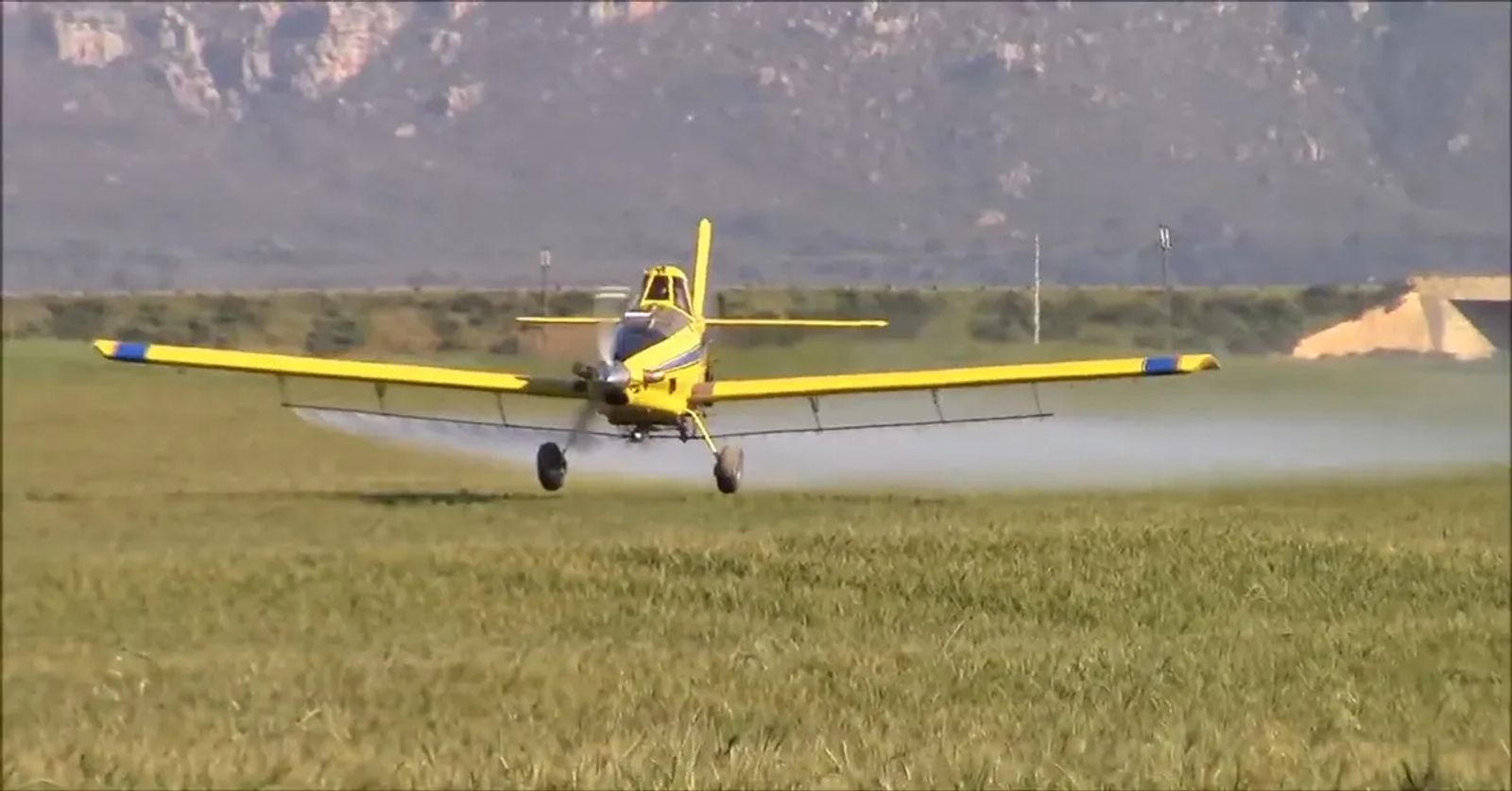
U.S. Ag Aviation Celebrating 100 Years
June 23, 2021
The summer of 2021 marks an important milestone in the extraordinary history of technological advancement in American agriculture. One hundred years ago on August 3, researchers desperate for a way to prevent sphinx moth caterpillars from ravaging the valuable Catalpa tree crop came up with a novel approach. What if the caterpillars could be controlled with insecticide dust dropped from an airplane?
Far-fetched as it was in 1921, when farmers applied insecticides by hand and aviation was still in its infancy, the idea worked. In an experimental flight conceived by the Ohio Department of Agriculture, U.S. Army test pilot, Lt. John Macready, applied lead arsonate dust from a World War I surplus biplane over a Troy, Ohio Catalpa grove. The insect pests were successfully dispatched; the trees grown for use as telegraph poles and fenceposts were saved; and a practice now vital to crop production, wildfire-fighting and mosquito control was born.
"The last century brought almost unimaginable innovation and technological advancement in agricultural production as a whole," notes Andrew Moore, CEO of the National Agricultural Aviation Association (NAAA). "And no segment of agriculture illustrates that warp-speed progress more than how far we've come in aerial application."
While it was a watershed event in agricultural and aviation history, the first recorded aerial application flight was just the precursor of what was to come. Macready's lightweight, underpowered aircraft has evolved to the 1200 horsepower, turbine engine planes and high-performance helicopters that today treat more than 125 million acres (including fields treated more than once) of U.S. cropland each year.
Source: National Agricultural Aviation Association










